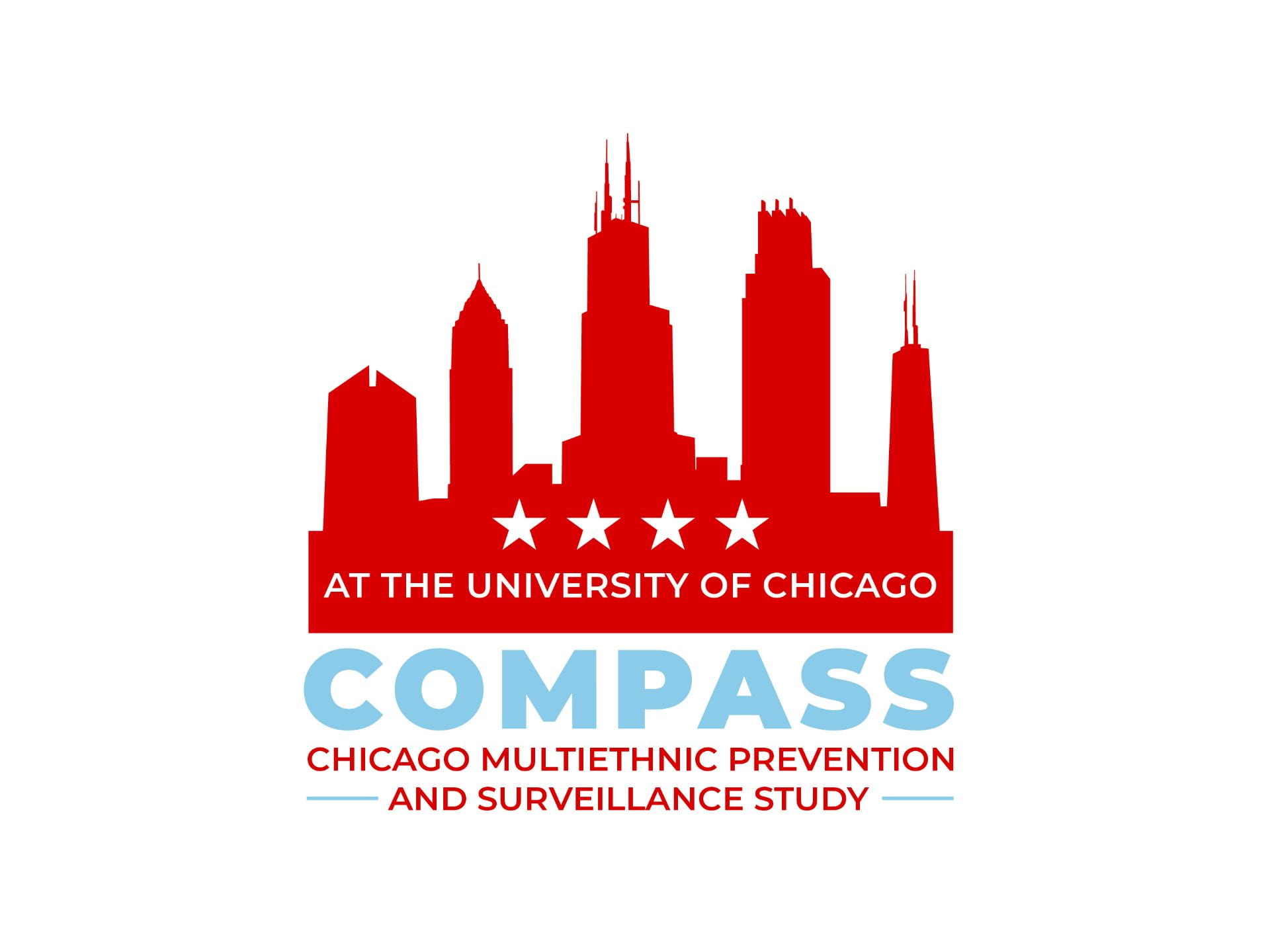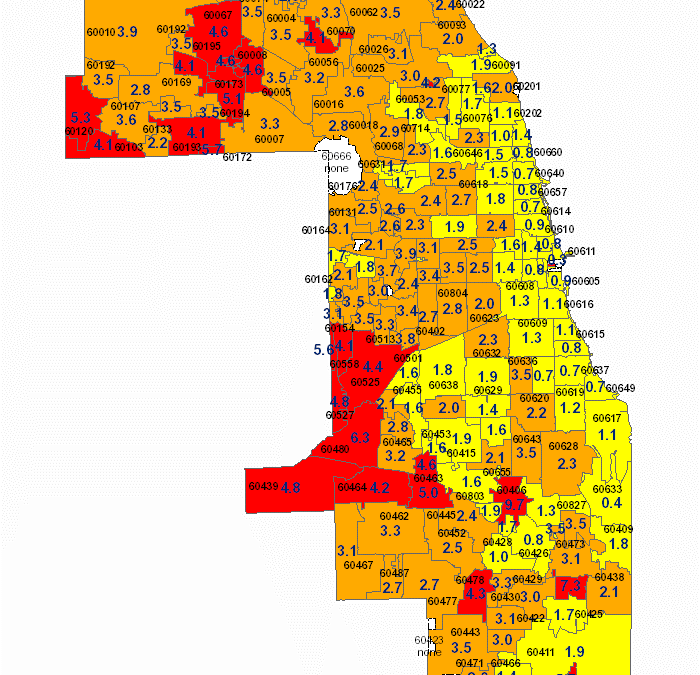Radon is a health hazard with a simple solution
You can’t see radon. And you can’t smell it or taste it. But it may be a problem in your home. Radon is estimated to cause many thousands of deaths each year. That’s because when you breathe air containing radon, you can get lung cancer. In fact, the Surgeon General has warned that radon is the second leading cause of lung cancer in the United States today. Only smoking causes more lung cancer deaths.
Radon comes from the natural (radioactive) breakdown of uranium in soil, rock and water and gets into the air you breathe. Radon can be found all over the U.S. It can get into any type of building—homes, offices, and schools—and result in a high indoor radon level. In Chicago, the Department of Emergency Management reports that levels can be quite high.
You can look up the average level in your community here.

COMPASS investigators are currently trying to understand the levels of radon in targeted COMPASS communities and eventually the health effects. In general, a level of 2 pCi/L is reported to have health effects and the EPA recommends that home owners remediate at 4 pCi/L. It can be see that, on average, many households are likely above the recommended limit in COMPASS community areas. As such, assessing radon in-home is a key COMPASS activity.

